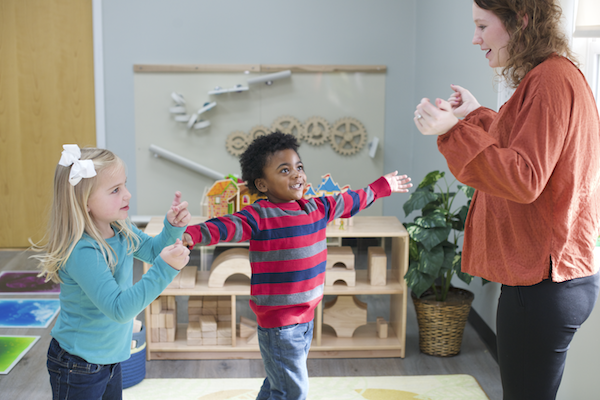Manage Emotions with Tucker the Turtle

With countless disruptions and unforeseen changes during what some are calling The Great Pause, children are bound to experience a range of emotions. They may be frustrated they can’t play with their friends. They may be sad they can’t see their teachers. They may be anxious because their routine has changed so drastically.
No matter the cause of their strong emotions, young children can benefit greatly from learning and practicing research-backed social-emotional strategies.
Now is a great time to help families practice these strategies with their children at home. Doing so will help children build social and emotional skills, nurture their resilience, and foster independent problem-solving.
Share the following Tucker the Turtle activity with families to help them guide their children to manage strong emotions. After all, everyone has strong emotions—especially now! It’s just a matter of learning how to deal with them.
Social-Emotional Activity to Share with Families: Turtle Freeze!
Tucker the Turtle, a key fixture in the Connect4Learning curriculum, is a great tool that teaches children helpful strategies for managing strong emotions. Great news: your child already knows Tucker! Remind your child that Tucker the Turtle sometimes feels angry or upset, but he has a “turtle way” to calm down.
- Review the story about Tucker the Turtle. (Available in English and Spanish). Be sure to discuss the steps to calm down.
- Dance it out! Tell your child you are going to play music, during which he can dance. As soon as the music stops, tell your child he should “freeze.”
- Walk through an experience. Read or tell about a situation that could cause anger, and go through the Tucker the Turtle steps. Include situations that have happened or might happen with your child. Examples:
- You want to go outside, but Mom says, “Not now.”
- You want to eat cookies, but Dad says no.
- Mom says it’s time for a bath, but you want to keep playing.
- You are building with blocks, and your baby brother knocks them over.
- Try the steps. Go through the Tucker the Turtle steps from the story, as they relate to the selected anger situation:
- Step 1: Recognize your feelings. “I’m so mad.” Make angry faces.
- Step 2: Stop. “Keep our hands, bodies, and yelling to ourselves.”
- Step 3: Tuck into your “shell” and breathe. Ask your child to close his eyes, hug himself, and take three deep breaths. Count with him, “One, two, three.”
- Step 4: Think of a solution. The Solution Suitcase can help here! You can also offer two solution choices, one good and one bad. Ask your child to pick the better solution and tell you why it is the right choice.
- Try it again! Play the music again, encouraging your child to dance until the music stops. Remind him that, at that point, he should “freeze.” Select another anger situation and go through the Tucker the Turtle steps again. Continue as time allows and your child remains interested.



